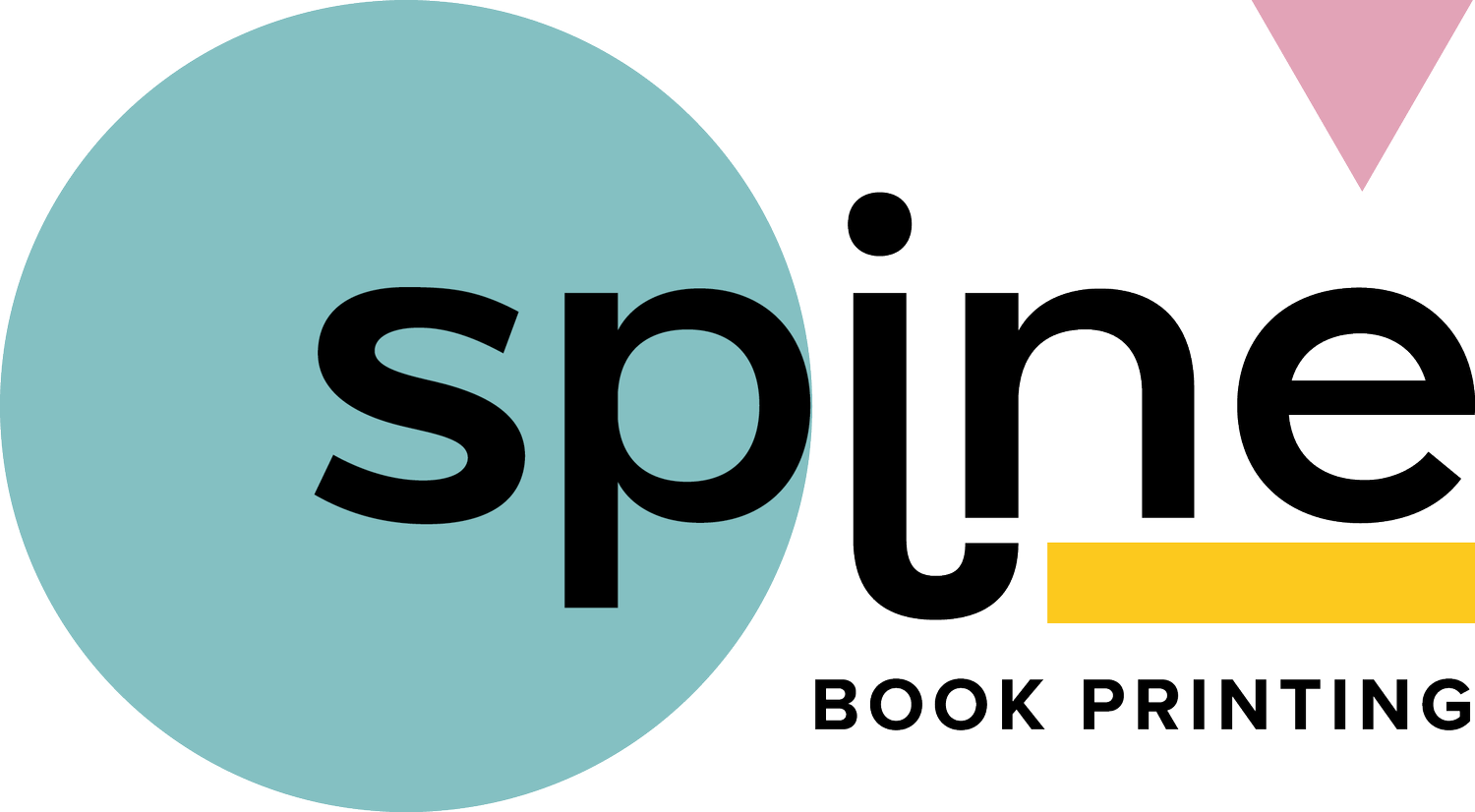Which Editing Mistakes Could Hurt Your Book Sales
Writing and publishing a book takes hard work, patience, and creative energy. But even the most gripping story can end up being a poor read if basic editing mistakes take over. These little things can water down your message, distract readers, and in some cases, even cause them to stop reading altogether.
When a book is filled with small but noticeable errors, it gives off the wrong impression. It suggests the writer rushed through the editing process or didn't take it seriously. That can damage your reputation and send readers elsewhere. If the goal is to leave a lasting impression and grow your readership, then spotting and removing these issues before your book reaches print could make all the difference.
Common Grammar And Spelling Errors
Readers want to settle into a story without getting knocked out of it by careless mistakes. A sentence with the wrong word or a missing comma might not seem like a big deal on its own, but several of these sprinkled across pages can become frustrating.
Here are some of the biggest grammar and spelling mistakes that crop up in self-published books:
- Confusing homophones like “their” and “there” or “your” and “you’re”
- Skipping articles, prepositions, or leaving words out entirely
- Tense changes within the same chapter or even the same sentence
- Punctuation overuse, especially unnecessary commas or exclamation marks
- Misused apostrophes in plurals or possessives
A common example is something like this: “It's a long journey, but one that’s worth it in the end.” The mix-up between “Its” and “It’s” may seem small, but when these happen often, readers notice.
One way to catch these is by stepping back. Print your pages, read them out loud, or ask another person to go through them. Don’t rely fully on spellcheck tools either. They can miss things, especially when the word is spelt correctly but used in the wrong context. Setting your manuscript aside for a few days and coming back to it with fresh eyes can also help you spot errors you might’ve missed earlier.
Issues With Consistency And Formatting
Consistency gives your book a polished, professional look. When sections feel too different from each other, whether it's the way dialogue is punctuated, chapter headings are styled, or the length of paragraphs, it creates visual and narrative confusion.
Some of the common formatting issues include:
- Switching between UK and US spellings throughout the book
- Using different headings or font sizes from one chapter to the next
- Inconsistent paragraph spacing or indentation
- Tense shifting without reason (past to present and back again)
- Changing first-person to third-person within the same scene
This messiness affects more than just appearance. Let’s say you’re writing a crime novel in third person, and suddenly a chapter dips into first-person language. That can cause confusion and stop the reader from staying fully engaged. When things don’t feel stable on the page, trust is lost.
You don’t need fancy tools to keep things consistent. Basic checklists can do the job. Decide early on which spellings, punctuation rules, and formatting styles you want to stick to. If you're working with others, make sure they’re on the same page too. Editing with a style guide can also keep things aligned from start to finish.
Neglecting Pacing And Structure
A book’s pacing and structure decide how smooth the reading experience is. If scenes drag on too long or important plot points happen too quickly, readers can become disinterested or overwhelmed. Structure helps your story build in a way that's comfortable and easy to follow. Without it, even great ideas can lose their impact.
Poor pacing might show up as:
- Long chapters with lots of description but very little action
- Rushed endings that don’t match the mood or tone of the rest of the book
- Overuse of flashbacks that interrupt the main storyline
- Side plots that lead nowhere, wasting space and attention
It helps to take a step back and see the story as a whole. Is each chapter pulling its weight? Does the plot move forward steadily, or does it get stuck in one place? Even for non-fiction, the flow from one section to the next should feel purposeful. Using a story map or bullet-point outline can help spot weak points and places where the narrative speed dips or jumps too much.
Having pacing issues doesn’t mean you need to rewrite everything. You might just need to trim down certain parts or move a paragraph or two for better balance. Reading your book aloud or having a trusted person read it with you can help flag sections that feel slow or confusing.
Overcomplicated Or Redundant Language
Trying to sound clever can sometimes end up pushing readers away. Using long words when short ones would do or repeating the same point in several ways slows down the pace and muddles the meaning. Some writers fall into this trap by thinking complex sentences make their writing more professional. But in practice, clear and straight language is what keeps readers turning pages.
Watch out for:
- Using complicated phrases when a simple word works better
- Repeating the same idea with different wording
- Describing things beyond what’s needed for the scene
- Overloading a sentence with too many adjectives or adverbs
Take this line as an example: “The sky above was blue in colour and possessed a shining brightness that could illuminate the entire area.” Instead, “The sky was bright blue” would work far better. It’s faster to read, easier to picture, and doesn’t waste space.
To improve this, read every sentence as if someone else wrote it. Ask yourself: Does this feel natural to say out loud? Does it get to the point? If not, cut it down or rewrite it. Don’t worry about sounding too simple. The goal is for your words to be understood and enjoyed, not decoded.
Missing Or Inadequate Proofreading
Spelling, grammar, and layout aren’t the only problem areas. Proofreading mistakes can go deeper, like leaving out key scenes, accidentally repeating sections, or keeping notes and placeholder text in the final copy. These errors pull readers out of the story and make your book look rushed.
Proofreading shouldn’t be treated as an afterthought. Think of it as the final polish. At this stage, your manuscript is already edited for structure, readability, and content. Now the goal is to catch the technical stuff: spelling, spacing, punctuation, formatting, and any leftover typos.
To make the most of your proofreading stage, consider these steps:
1. Take a break from the manuscript before reviewing. A day or two helps refresh your focus.
2. Print a hard copy or switch devices. A different view can help you spot fresh errors.
3. Read out loud. You’ll notice awkward sentences more easily.
4. Use spellcheck, but don’t rely on it fully. Human eyes catch things tech can miss.
5. Look for repeated words or missing words. They’re easier to skim past.
Proofreading in rounds works better than trying to catch everything at once. Start with large issues like forgotten words or duplicate lines, then move on to spacing and punctuation. The more layers you go through, the cleaner the final result.
Crafting Books Readers Love: Avoiding Editing Pitfalls
No matter how clever your plot or how powerful your message, editing mistakes can take the shine off your work. Readers expect professional-quality writing, and when a book is full of inconsistencies or basic errors, it can give the wrong message about the writer’s dedication.
Fixing common editing problems doesn’t require changing your core ideas. Most issues come down to care and clarity. Whether it’s spotting grammar slip-ups, staying consistent with tone and punctuation, or building chapters that flow, each fix strengthens your book’s final impression.
Good editing is what makes a book worth sharing and worth remembering. Taking the time to catch these mistakes means readers can fully enjoy the story, connect with the characters or content, and feel like the journey was worth their time. That’s what helps a book stand out and sell well.
Elevate your manuscript with impeccable editing and ensure it captivates from the first page to the last. At Spine Book Printing, we’re dedicated to helping your polished work make the best impression. Ready for the next step in showcasing your literary achievement? Experience our top-notch book printing services in the UK to bring your story to life with professionalism and flair.

